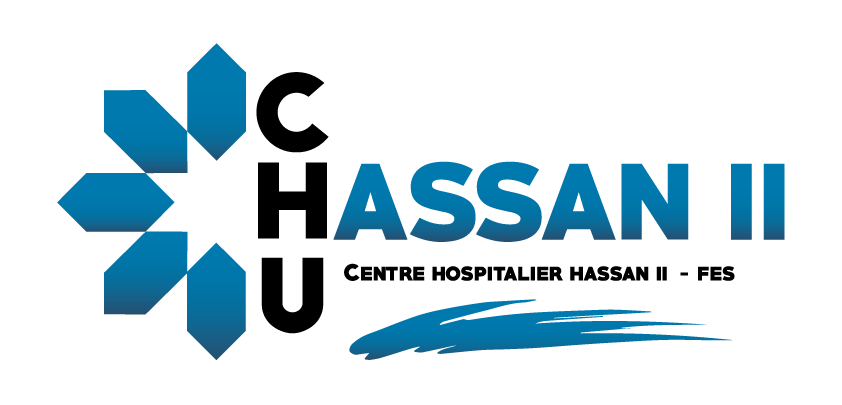Since its introduction in 1980 by CHAUSSY, extracorporeal shock wave lithotripsy (ESWL) had revolutionized therapeutic management of nephrolithiasis. Quickly, benefiting from its relative efficiency and lesser invasiveness, this technique had emerged as the first-line treatment for about 75% of kidney stones. The aim of our retrospective study is to stady the files of 15 patients collected over a period of 2 years(2012-2013), treated with extracorporeal shock wave lithotripsy by an electro-conductive shockwave generator Sonolith i-sys® for lower calyceal stones in urology department at CHU HASSAN II FES. We will proceed with the analysis and discussion of the results in light of a recent and extensive review of the international literature. The average age of our patients was 46 years (range 18-75). A male predominance is noted with a sex ratio (M/F) 1,5. All stones were lower than or equal to 20 mm, lower calyceal seat. The size of stones was determined by measuring in Plain film of the urinary tract the average of the two diameters, minimum and maximum, of stones. The average diameter is 14 mm (range: 8-20 mm). We also took into account the specific anatomical intra-renal according to the criteria Sampaio; the infundibular length and width and the infundibulopelvic angle. Among the 15 patients treated by ESWL, SF overall rate of 40% was obtained with a reprocessing rate of 60% and the need for an auxiliary procedure in 13, 2% of cases. However, the SF rates for stones lower than 10 mm was 75% against 45% for stones from 10 to 20 mm. seven patients or 46,67% showed a failure by persistence of residual fragments despite 3 sessions of ESWL. There were no major complications during or to deplore in the aftermath of the sessions of ESWL.In our study the size of the stone , the infundibulopelvic angle are predictors of success of extracorporeal shock wave lithotripsy for lower calyceal stone. The stone size is the most significant factor. While the infundibular length and width is not significant factors. So despite the relative simplicity of the ESWL and its low morbidity the indication should be carefully considered and taking into account the predictive factors of success for the treatment of a lower calyceal stone
| Référence | 947 |
| Année | 2015 |
| Type | Thèse |
| Lien document | |
| Auteur | El azzouzi R |
| Discipline | Urologie |
| Encadrant | El ammari JE |

